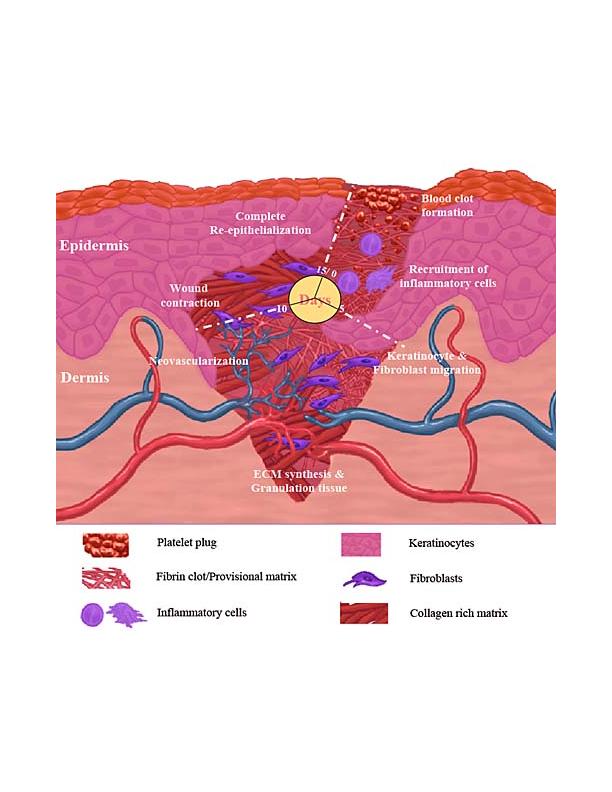Numerical
Analysis
Miguel Herrero
Facultad de Ciencias Matematicas
Universidad Complutense Madrid
Madrid
Spain
Presenter at Delft Symposium on Mathematical Modeling of Wound Healing

Date: October 15, 2009. Location Pegasuszaal (Pegasus Lecture Room),
Kluyverweg 6, Delft University of Technology, Delft, the Netherlands.
Abstract
Some mathematical problems in blood coagulation
M. A. Herrero
IMI (Instituto de Matematica Interdisciplinar) and Departamento de Matematica Aplicada, Universidad Complutense , 28040 Madrid, Spain
e-mail : Miguel_Herrero@mat.ucm.es
Blood coagulation is a robust security mechanism of human organisms, which prevents bleeding from minor injuries to occur. Any disruption in such a system may have significant consequences. For instance, an impaired ability of blood to coagulate is cause of haemophilia, a serious hereditary disorder. On the other hand, an inordinate increase in the activation of the blood coagulation system may lead to abnormal thrombi formation, and consequently to a number of thrombotic pathologies. The process of blood coagulation makes use of a complex array of interdependent, and finely tuned, biochemical reactions (the so-called biochemical cascade, (BC), of which many details are known by now. In this lecture we shall present a simplified mathematical model which provides insight into the early stages of thrombi formation induced by external, pathological sources. Such phenomena is characterized by the onset of a strong polymerization process, leading to the appearance of a microthrombi cloud (MC) that can be detected by ultrasound devices. We shall also discuss on the relation between the location of the MC and that of the external activation source.
The work to be reported has been made in collaboration with G. Th. Guria and K. E. Zlobina, from the National Center for Hematology at Moscow.
... will follow too ...
Back to home page of Delft Symposium
Last modified: August 9, 2009, by Fred Vermolen

